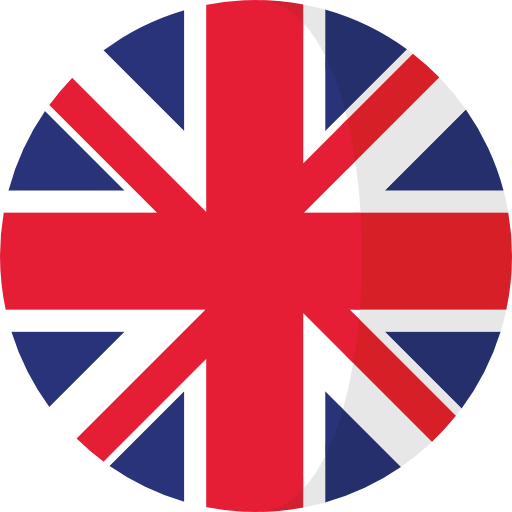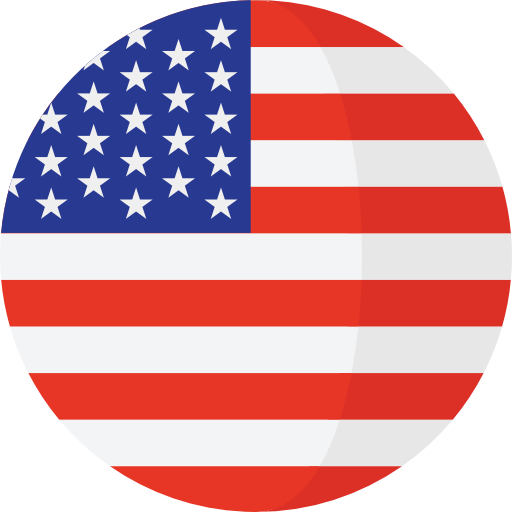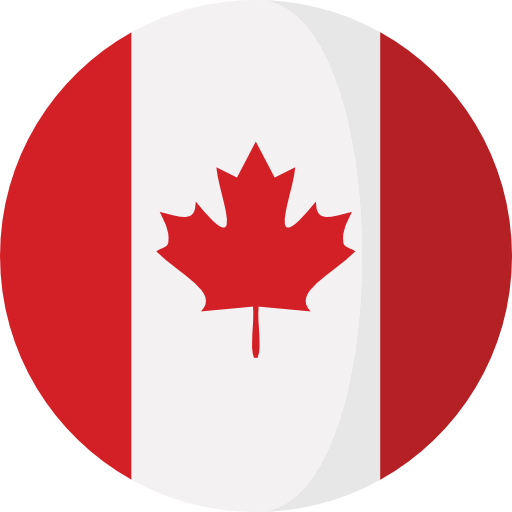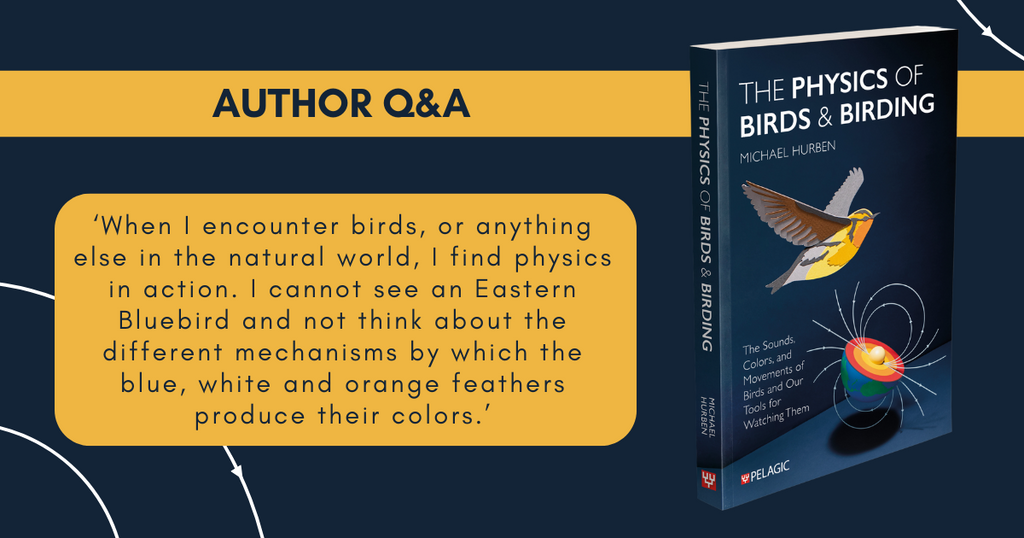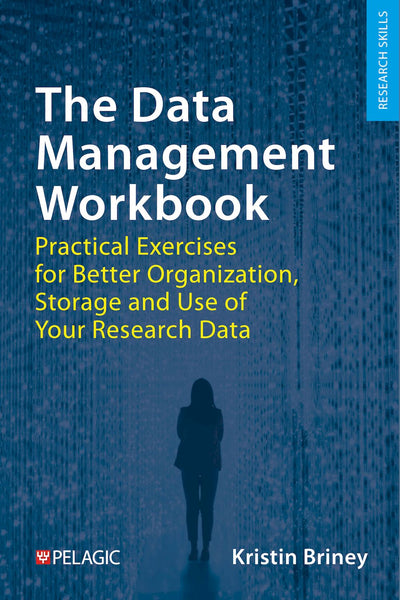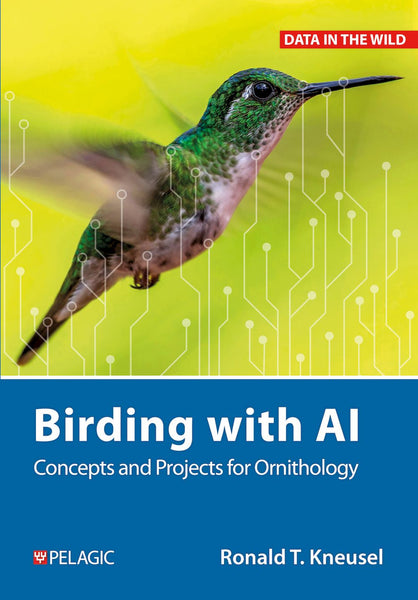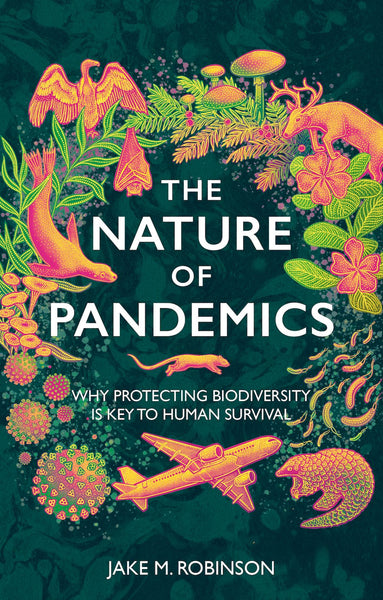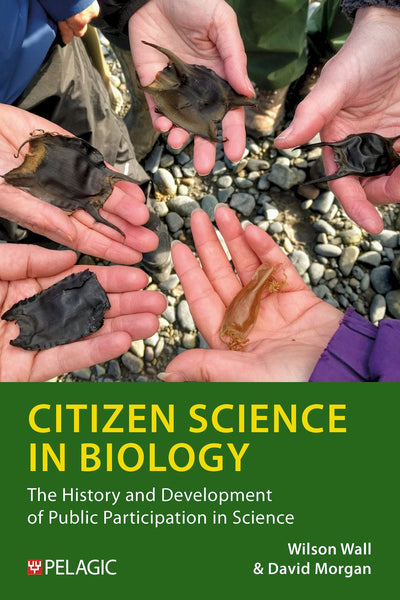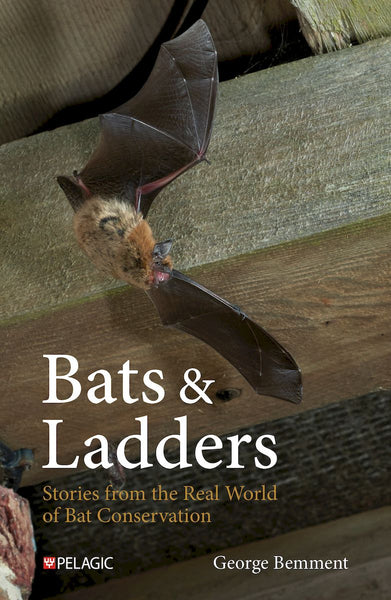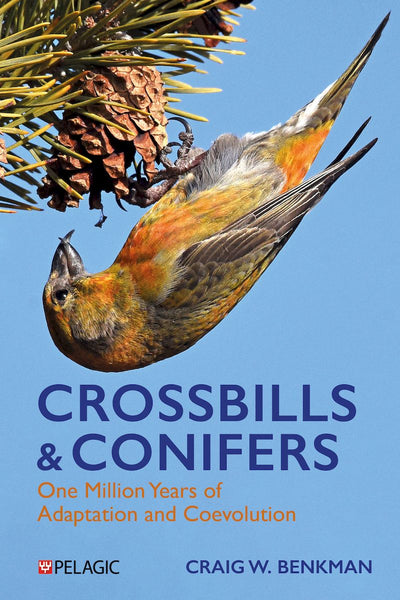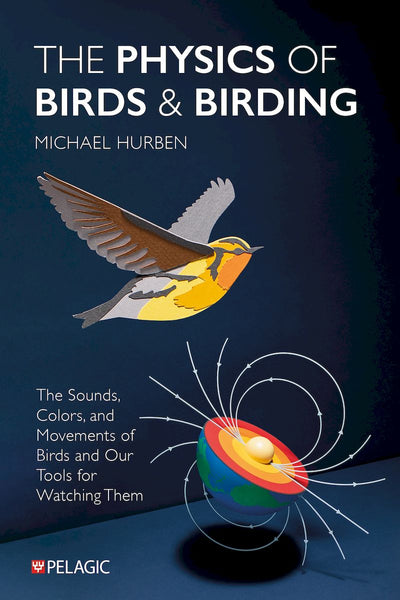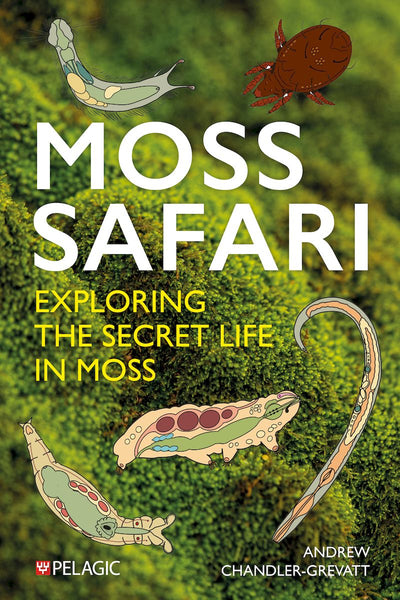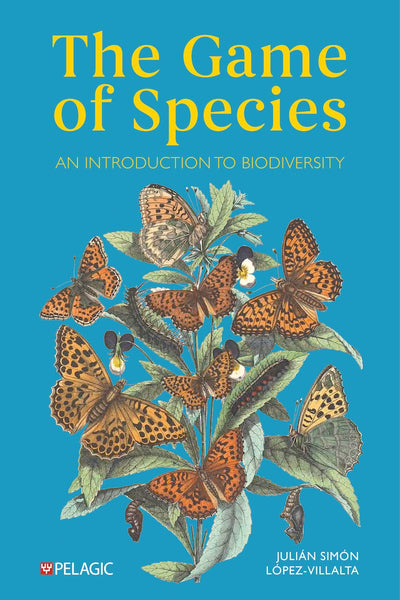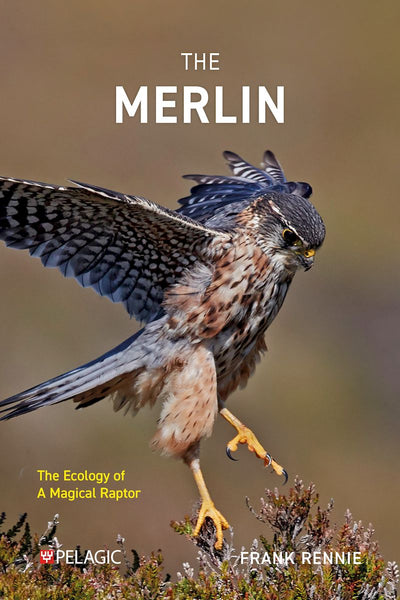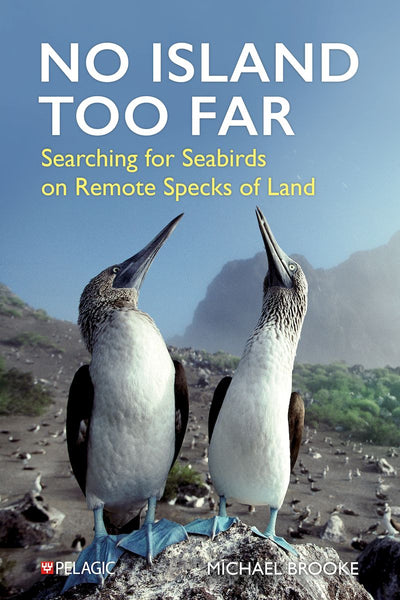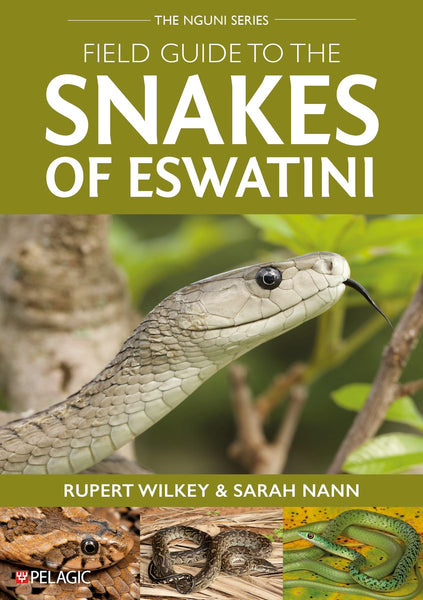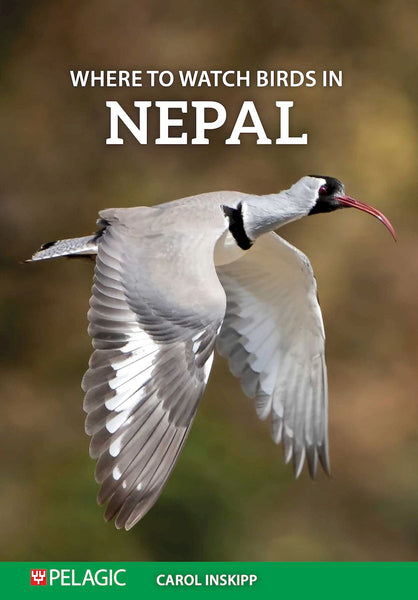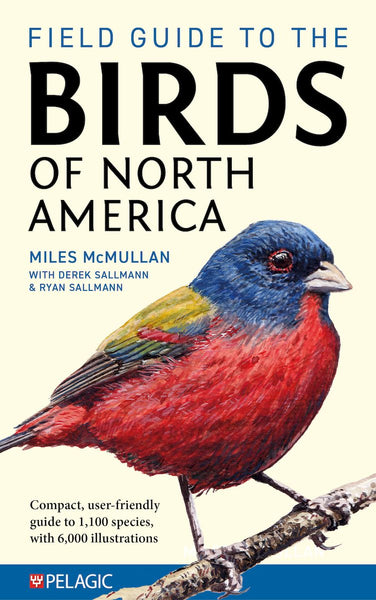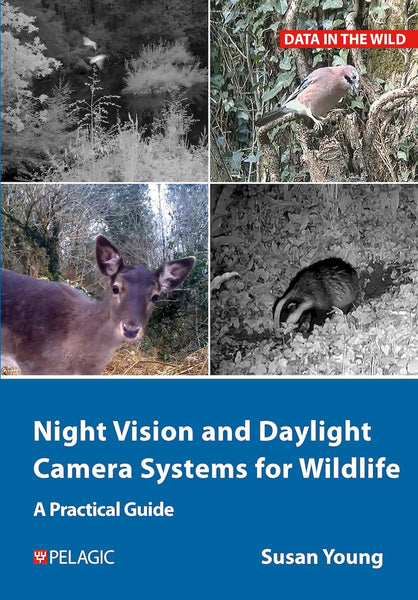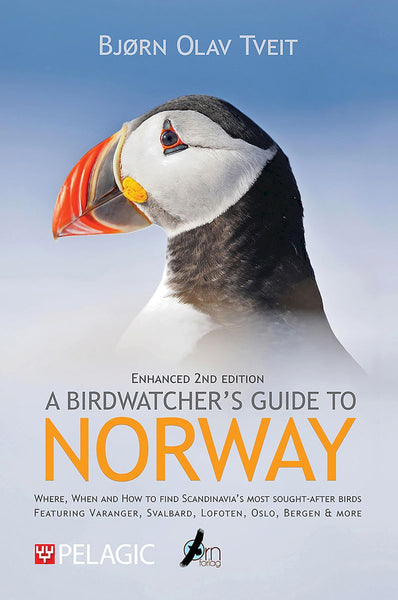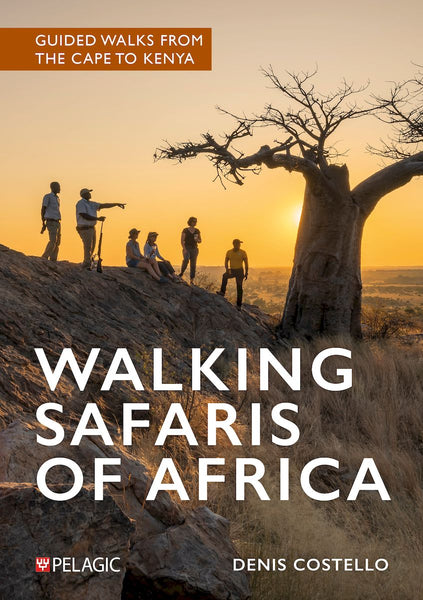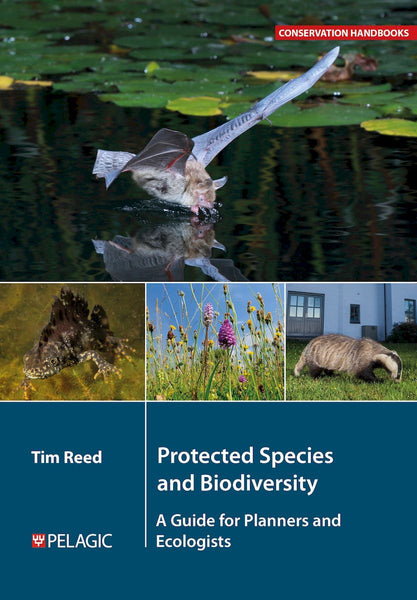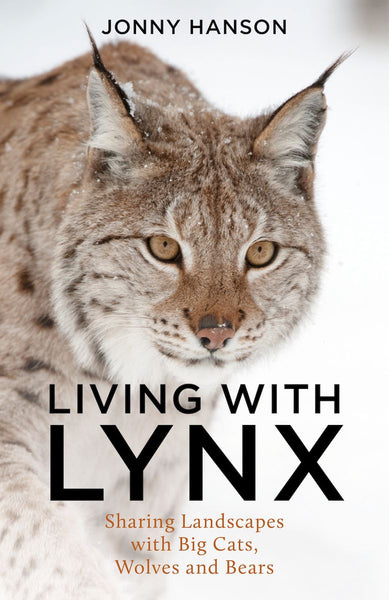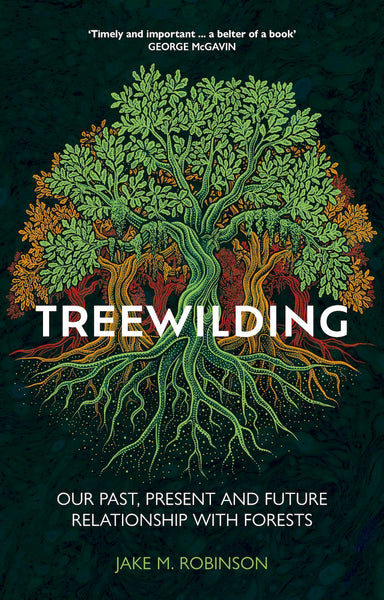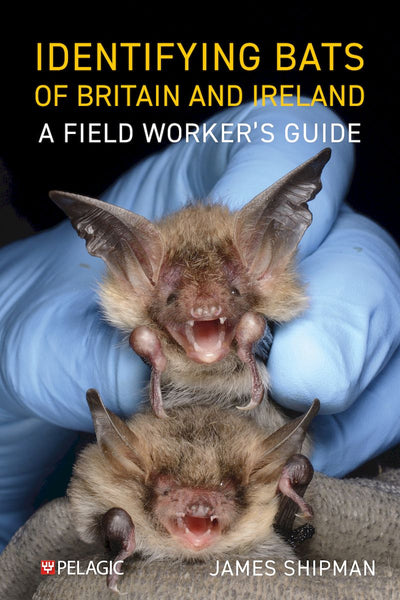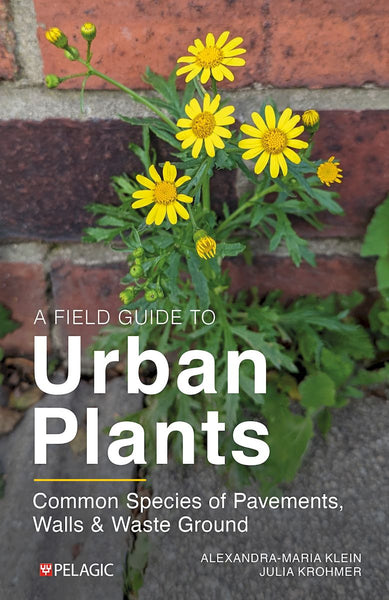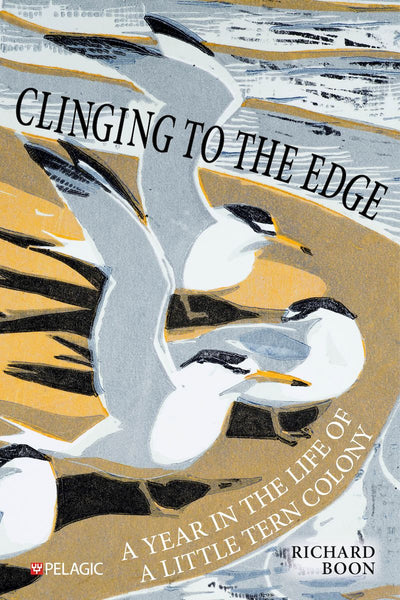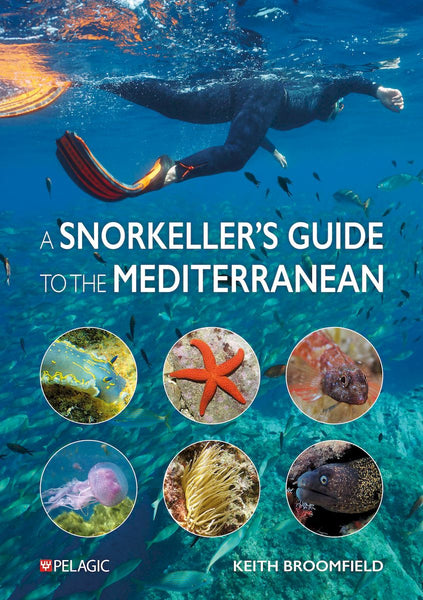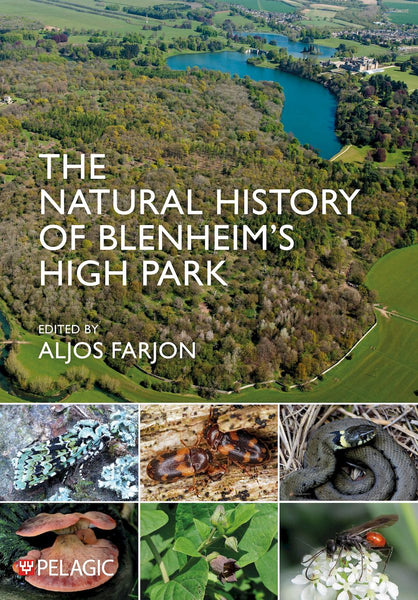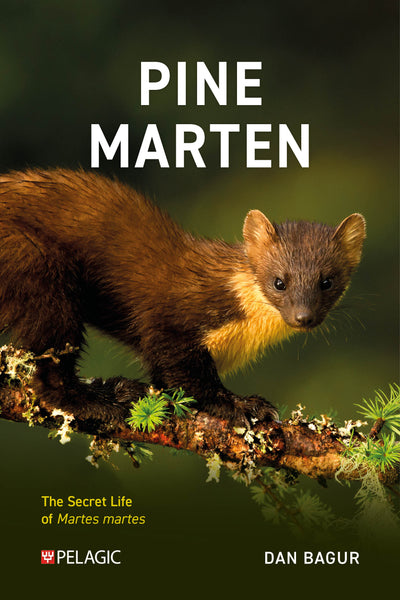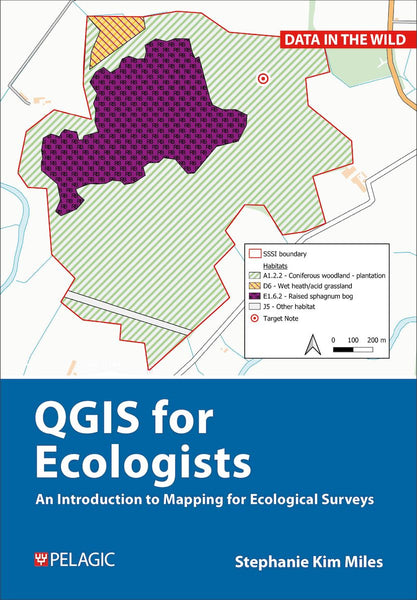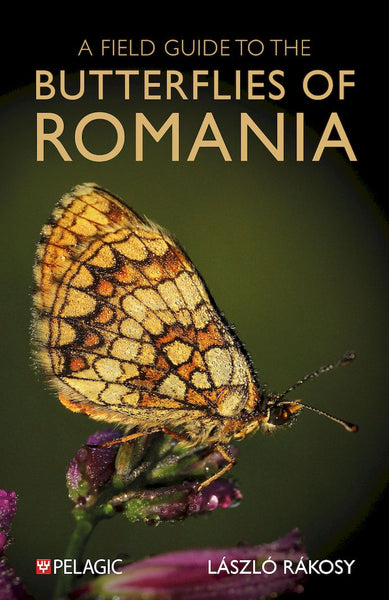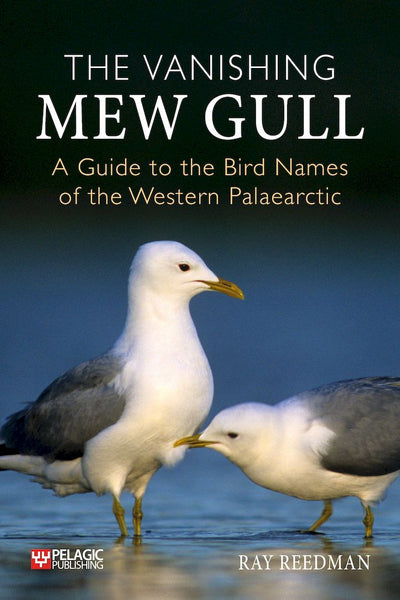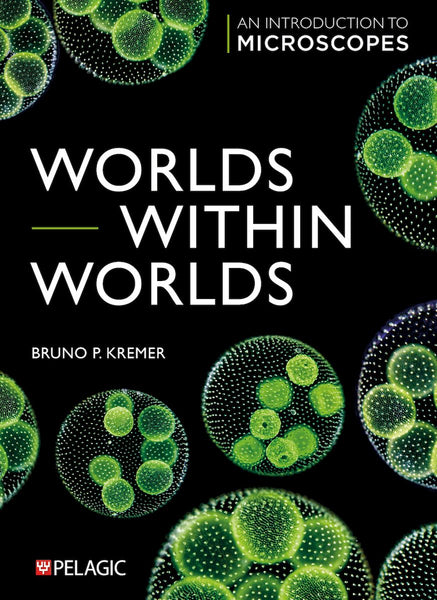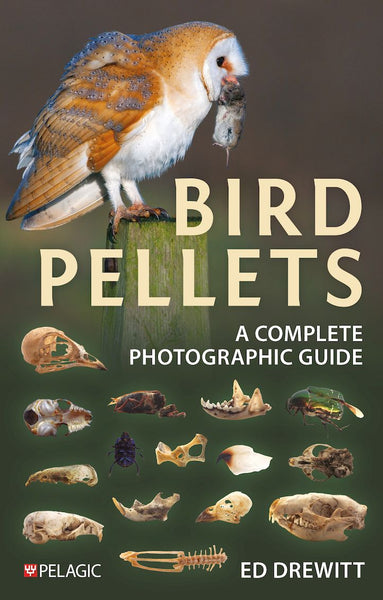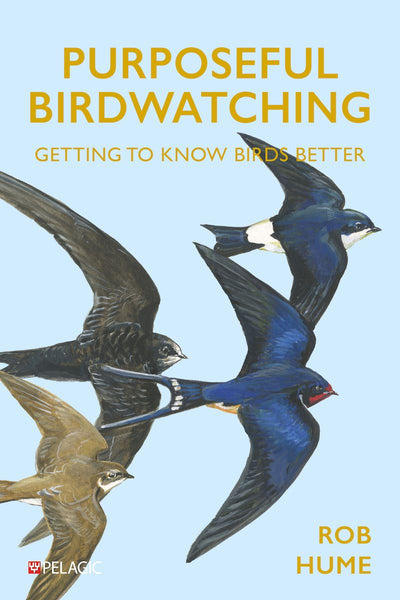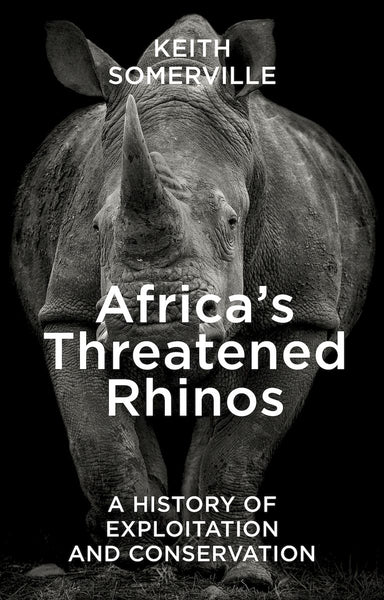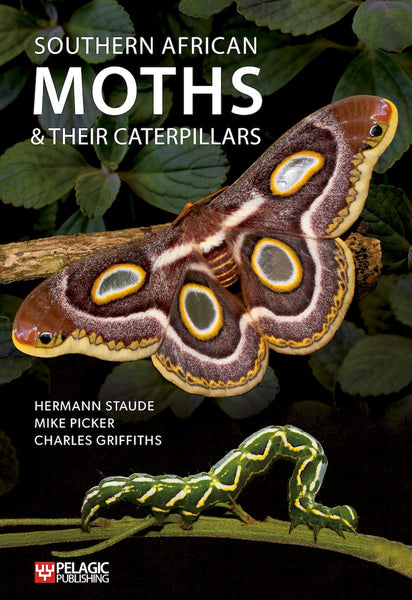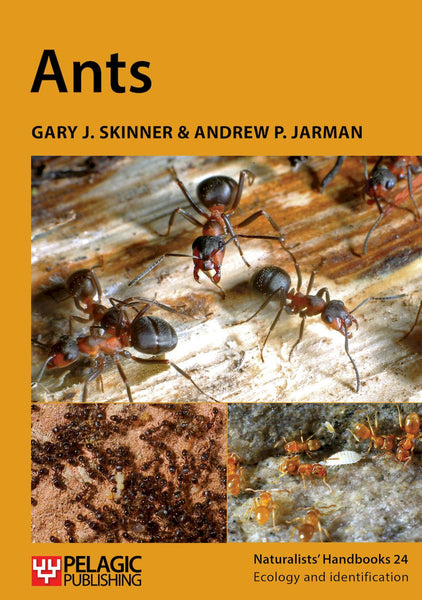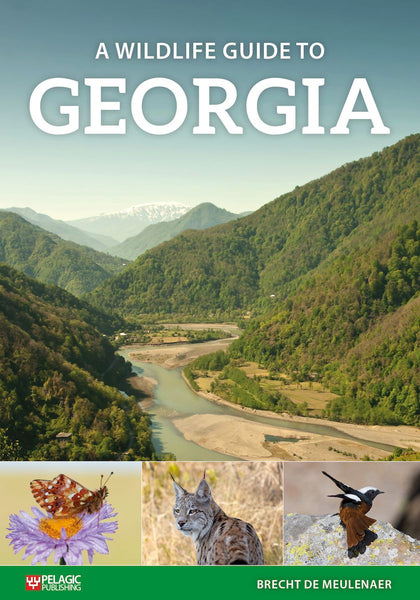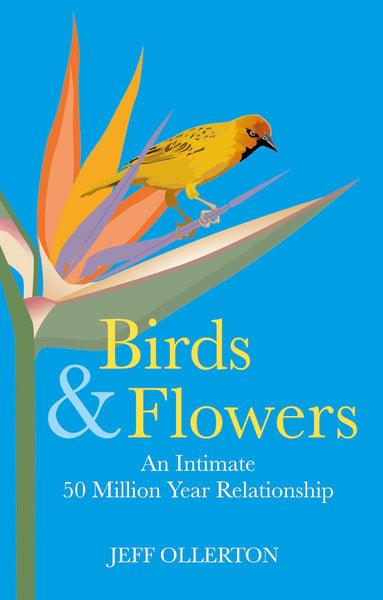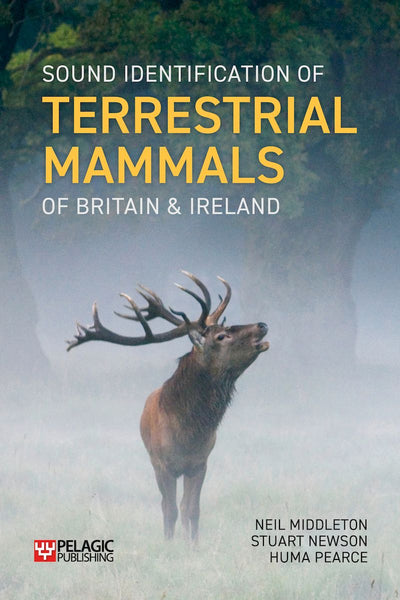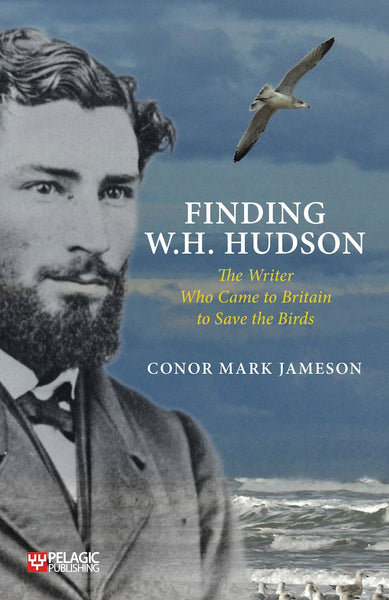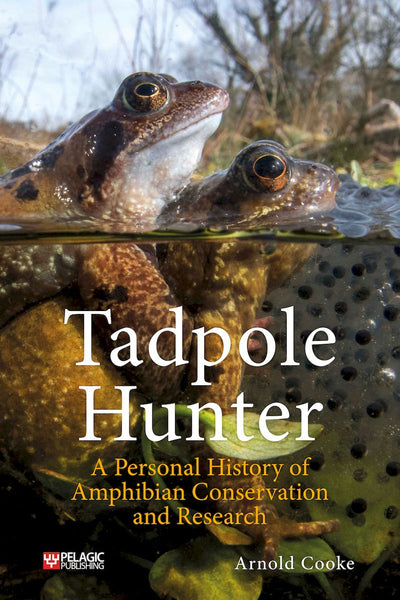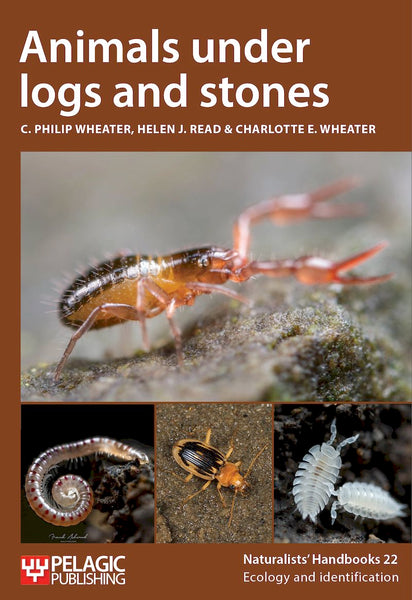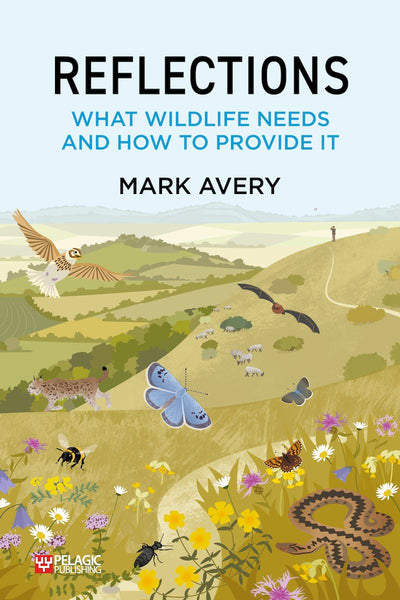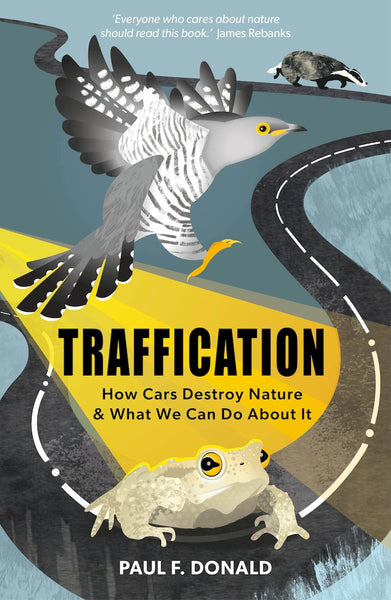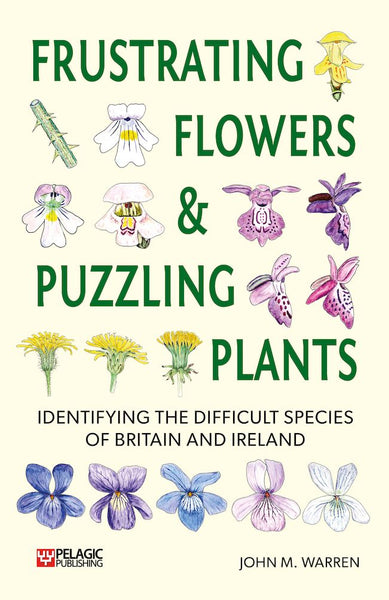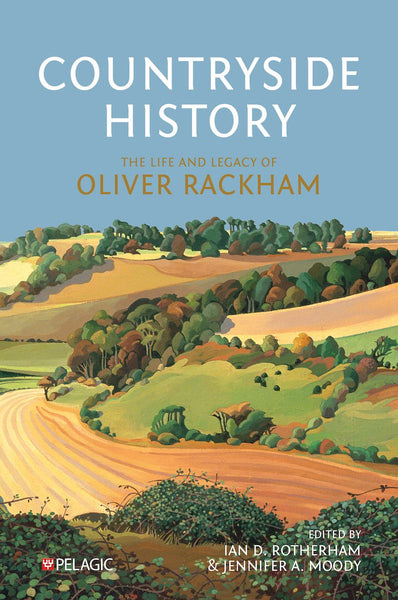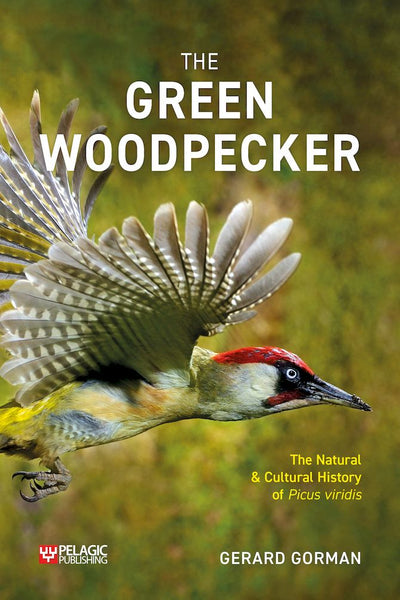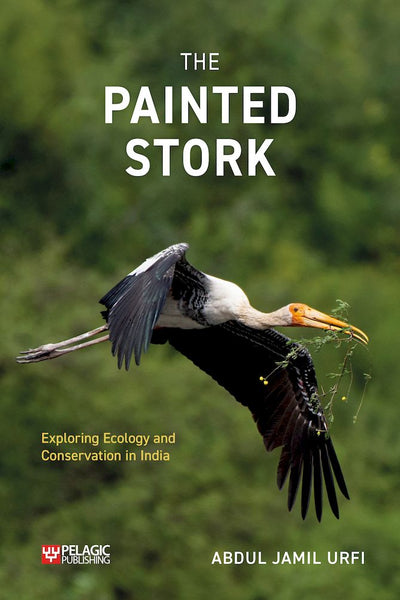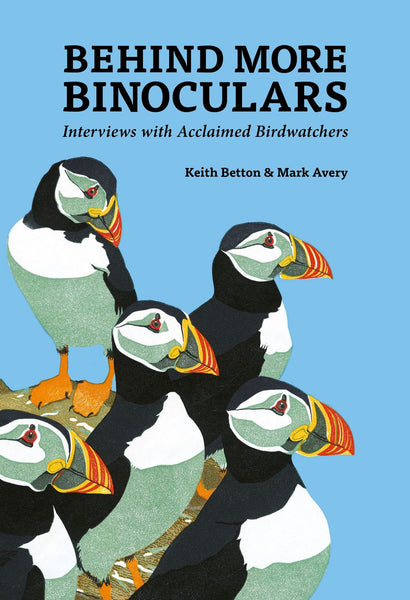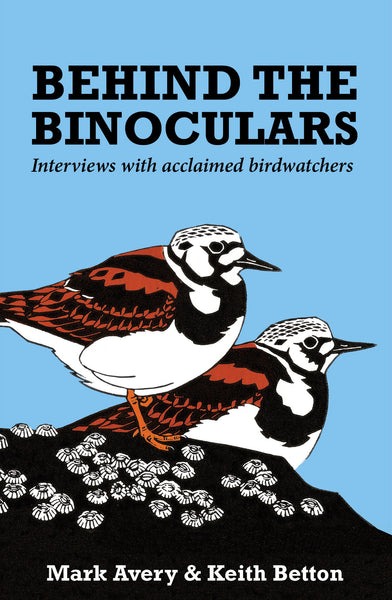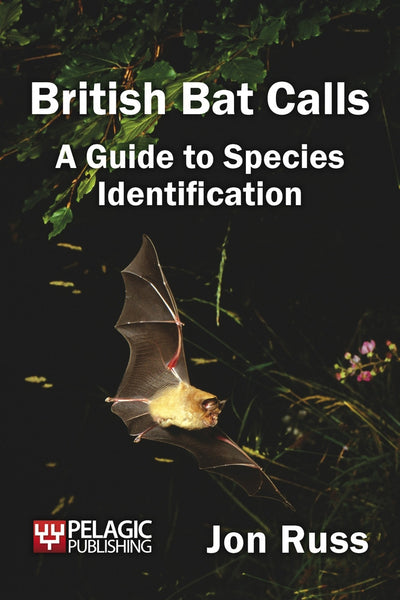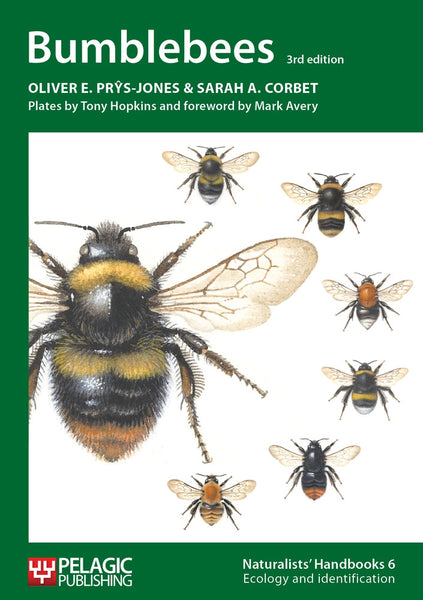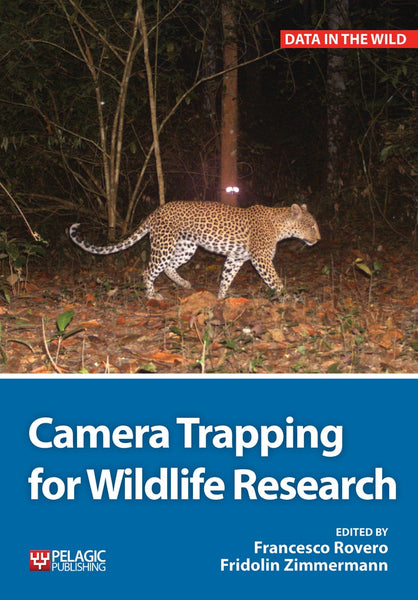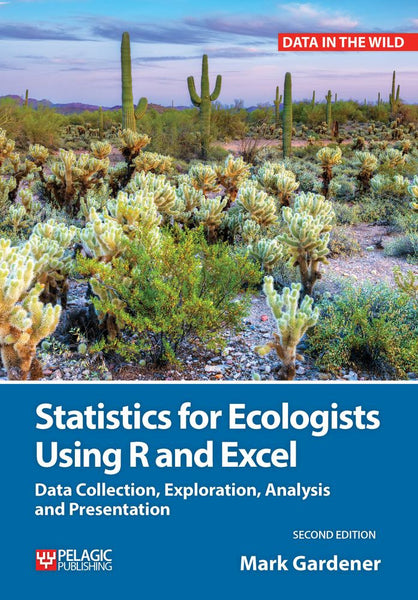Author Michael Hurben talks to us about The Physics of Birds & Birding.
Could you tell us a little about your background and where your interest in the worlds of physics and ornithology began?
Astronomy was my first science interest—I discovered it when I was a child, along with some books on algebra and geometry, which I found fascinating. When I started college, I fell in love with physics, and not simply because it was the beautiful foundation for all other sciences, but because I was cognizant of getting an employable degree. I was a high school dropout and was highly motivated to get an education that would be of practical use.
As for birds, I became obsessed with them when I was working on my doctorate. It only took a moment: I was studying in a park one spring day and saw a woodpecker and realized that I somehow needed to know its name. I stopped what I was doing, went to the bookstore, bought a field guide, and have not been the same since. That was 32 years ago.

Schematic diagram of a typical passerine syrinx.
What was the impetus behind the book?
When I encounter birds, or anything else in the natural world, I find physics in action. I cannot see an Eastern Bluebird, for example, and not think about the different mechanisms by which the blue, white and orange feathers produce their colors. Or when new migrants arrive, I’m reminded of the processes that allow them to sense the geomagnetic field and aid their navigation. My PhD research involved microwave properties of inorganic magnetic materials—not anything biological—what I didn’t realize at the time was that some of the minutiae I was studying in the lab would also be relevant for avian magnetoreception.
There are so many other examples of interesting physics related to birds. You can find explanations for some of these things here and there, but rarely are they presented together in a cohesive way. Moreover, I don’t draw a line demarcating the interesting physics of birds from that which makes our birding tools, such as binoculars, feasible. If you learn about the optics that enable an eagle’s acute vision, you might as well think about cameras too, for example.

The close-up on the right shows how the barbules come in two varieties, one of which is hook-like and the other flange-like. This provides a Velcro-like structure to preserve the feather shape and strength.
What kind of fieldwork and research was involved in the creation of The Physics of Birds and Birding?
No fieldwork was needed, but I did write my own code to do simulations of seabird movements and starling murmurations, as well as generating fractals and so on. I spent a lot of time reading journals I’d never heard of before. Much of the research pertaining to the physics of birds ends up in the literature for various biology fields and sub-fields; rarely does it appear in any of the physics journals I was familiar with.
What was the most surprising thing that you learnt whilst working on the book?
There were many surprises, but to pick one that stood out, it would be the fact that bill morphology isn’t just about feeding: for some birds, it has an important role in thermoregulation. The effect can be dramatic, as is the case with toucans, or more subtle. There was some research on sparrows showing how bill size correlated with average temperature across a wide geographic distribution. It likely isn’t something you’d ever notice in the field, but it is fascinating to think about what other effects are right under our noses.

A ‘boids’ simulation result for 6,000 individuals after starting with random orientations and velocities.
Who is the target audience for the book and what do you hope readers will take away from the experience?
Naturalists with some curiosity about physics would be the primary readership. I think that most birders recognize that the entire tapestry making up the environment is equally lovely, even if we put birds on a pedestal, so to speak. And that taking time to appreciate the other actors, as well as the stage itself, is rewarding. If there is one takeaway that I hope sticks, it would be that the physics and mathematics behind it all is no less interesting. The book has a number of digressions that veer off the birding path from time to time, and that is on purpose. One of the asides in the book concerns the physics of the sun, because without that, there isn’t any birding (or birds, or life). Every bird outing starts with sunlight, in a sense, and so it's an appropriate topic to include. I also wrote it for anyone with an appreciation for physics that might be curious about how it shows up in the context of birds and birding, even if that isn’t their hobby (yet).

The avian salt glands are located over the eyes, with a central duct leading to openings on the bill.
You have accumulated a life list of over 5,000 bird species. Do any of your ornithological experiences stand out as favourite or most memorable?
Perhaps birding on the continent with, paradoxically, the least species diversity: Antarctica. It was by far the most beautiful, and largely untouched, landscape my wife and I have ever seen. It felt like being on a different planet, and many of the birds there have no fear of humans and can be seen up close, much like in the Galapagos. Perhaps because there isn't an overwhelming number of species to grapple with, one can get really invested in the few that are there. We felt that we got to know them in a way that doesn't happen in a tropical rainforest.
Learn more about The Physics of Birds & Birding here.

